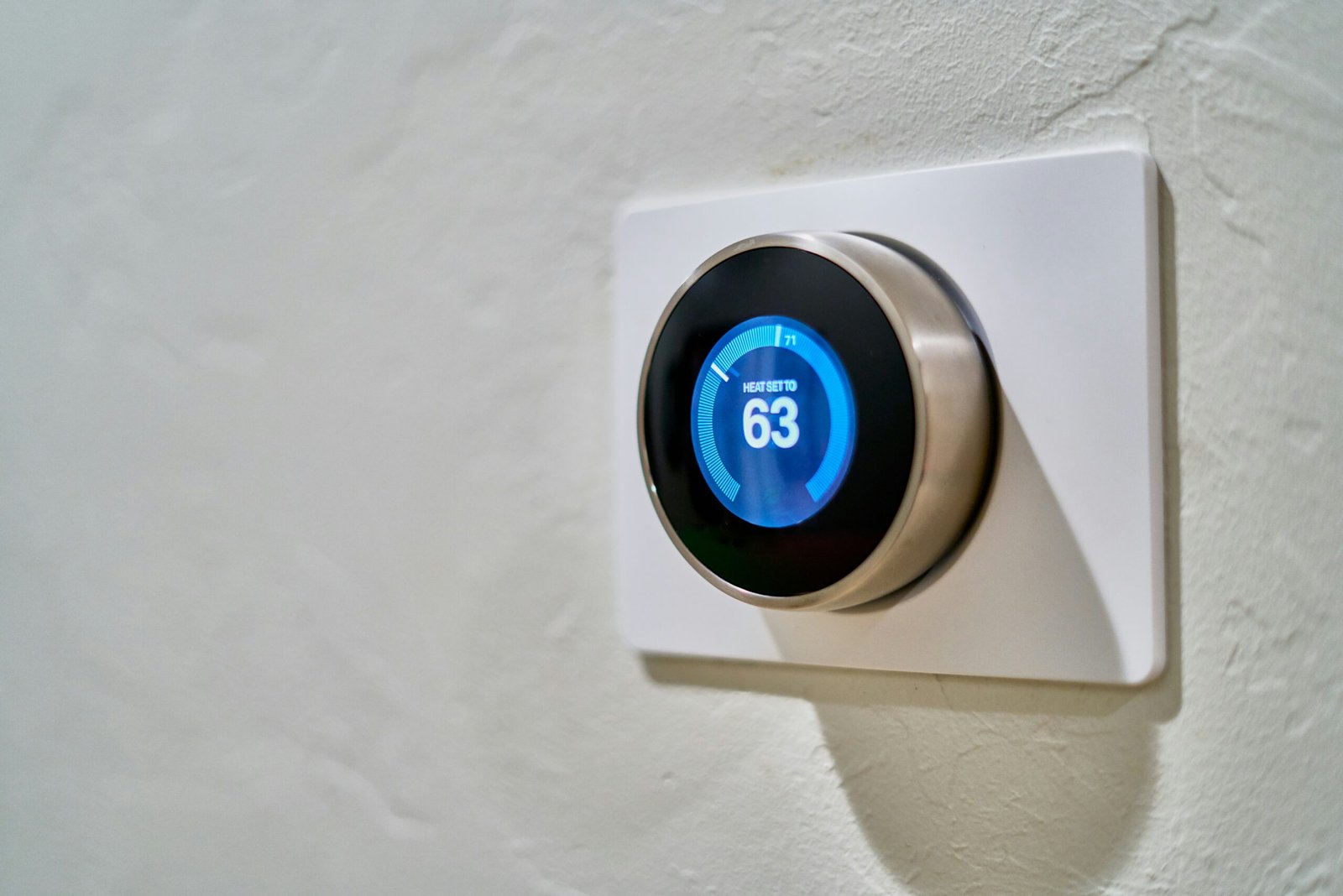In recent years, smart homes have become increasingly popular as technology continues to advance. With the ability to control various aspects of our homes through our smartphones or voice assistants, smart homes offer convenience, efficiency, and a seamless living experience. However, to truly enhance the user experience, a well-designed user interface (UI) and user experience (UX) are crucial. In this article, we will explore the importance of UI/UX in smart homes and how it can create seamless living spaces with technology.
UI refers to the visual elements and layout of an interface, while UX focuses on the overall experience and usability of a product. When it comes to smart homes, a well-designed UI/UX can make all the difference in providing a smooth and intuitive user experience.
One of the key aspects of UI/UX in smart homes is the control interface. Whether it’s a smartphone app, a touch panel, or a voice assistant, the control interface should be easy to navigate and understand. Icons, buttons, and labels should be clear and intuitive, allowing users to quickly and effortlessly control various devices and systems in their homes. A cluttered or confusing control interface can lead to frustration and a poor user experience.
Another important aspect of UI/UX in smart homes is personalization. Smart homes should adapt to the needs and preferences of the users. Customizable settings and profiles allow users to personalize their living spaces according to their preferences, whether it’s adjusting lighting, temperature, or security settings. A well-designed UI/UX should make it easy for users to create and manage their personalized settings, ensuring a tailored and comfortable living experience.
Seamless integration is also a key factor in creating a seamless living space with technology. Smart homes consist of various interconnected devices and systems, such as lighting, heating, security, entertainment, and more. A well-designed UI/UX should seamlessly integrate these different components, allowing users to control and monitor them from a single interface. For example, users should be able to turn off the lights, adjust the temperature, and lock the doors with just a few taps or voice commands. This integration not only enhances convenience but also creates a cohesive and unified living space.
Accessibility is another important consideration in UI/UX for smart homes. Smart home technology should be accessible to everyone, regardless of their age or physical abilities. A well-designed UI/UX should take into account the needs of all users, including those with disabilities. Features such as voice control, large and legible text, and color contrast options can greatly improve accessibility and ensure that everyone can enjoy the benefits of a smart home.
Furthermore, UI/UX in smart homes should prioritize security and privacy. As smart homes become more connected, the risk of cybersecurity threats increases. A well-designed UI/UX should incorporate robust security measures, such as strong authentication methods and encryption, to protect user data and ensure a secure living environment. Clear and transparent privacy settings should also be provided, allowing users to have control over their personal information and data sharing.
In conclusion, UI/UX plays a crucial role in creating seamless living spaces with technology in smart homes. A well-designed UI/UX enhances the user experience, making it easy and intuitive for users to control and personalize their living spaces. It ensures seamless integration of various devices and systems, prioritizes accessibility and security, and allows users to enjoy the benefits of a smart home in a comfortable and personalized way. As technology continues to evolve, the importance of UI/UX in smart homes will only continue to grow, shaping the future of our living spaces.












Leave a Reply